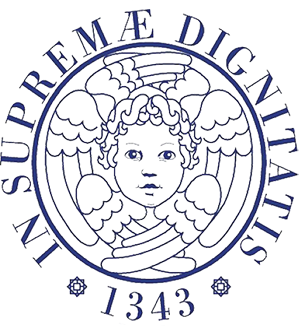Definition:
Endoureteroplasty for stenosis is a procedure that serves to restore the caliber of a narrow ureter that is as such for various reasons; It includes several technical variants, some of which only provide radiological control, others require intervention under visual inspection of a radioscopic control.
Indications:
Indications for endourologic treatment of ureteral stenosis are multiple; they can be summed up in:
- All acquired stenoses, especially those of length less than 2 centimeters;
- Congenital stenosis where there is no evidence of an abnormal vessel responsible for the stenosis mechanism.
Technical Description:
The technique consists in recanalization of the narrow ureter; It requires an operating room where the operating bed must be completely radiolucent and where the patient can be easily repositioned, in relation to the need for anterograde or retrograde or combined procedures.
The key element for success is the positioning of a guide wire (a slender wire of less than one millimeter diameter) over the stenosis section if retrograde (through the cystoscope or ureteroscope introduced by the urethra) or below if anterograde (through the skin from the loin to the kidney through a tube inside which the guide wire is pushed). Once the wire guide is put in place, you can:
- Dilate the narrow point with:
- A balloon placed on a ureteral catheter that extends the walls of the ureter when inflated to the desired width;
- Mechanical expansion to the desired width through progressive caliber dilators.
- Cut into the narrow spot with:
- Endoureterotomy under radiological scopy with blade (with traction) or with balloon and blade (Acucise);
- Endoureterotomy under optical endoscopy:
– Cold;
– Warm;
– Holmium laser
In all cases a ureteral enlargement is obtained such that a drainage tube can be positioned: a simple double J or calibrated stent in the stenotic tract (internal) or a nephrostomic tube (coming out from the kidney) with a larger caliber in the stenotic tract and ending J terminal (Smith).
In special cases (stenosis of uretero-intestinal anastomosis with non-orthotopic derivations) an external drainage (percutaneous nephrostomy with prolongation in the stenotic tract or mono-J stent coming out from the outside) is mandatory.
Preparation for intervention:
It is necessary to place a percutaneous nephrostomy primarily in stenosis with severe hydronephrosis and infection. An antibiotic prophylaxis and an intestinal preparation are also indicated.
Duration of intervention:
The procedure can be very variable (1h to 3h) depending on the nature of stenosis, the context in which it is set, the need to practice a combined retrograde and anterograde procedure, and finally the difficulties that can be encountered in the dilatation of a scarring stenosis.
Type and duration of hospitalization:
The procedure is necessarily performed as inpatient with a hospital stay that, if not conditioned by septic phenomena, can be very short (48-72 h).
Results:
The results are good in 50-60% of cases depending on the various cases. They are not always lasting over time, but the procedure can be easily repeated by recovering other patients in good results.
Advantages:
The benefits of endourological treatment are:
- Rapid mobilization of the patient;
- Absence or poor postoperative pain;
- A percentage of good results greater than 50%;
- Possibility to repeat the procedure in case of failure.
Disadvantages:
- Still high number of recurrences;
- A result not always lasting over time.
Side effects:
Side effects are few and relate to the tolerance of the stent or nephrostomic tube that the patient has to hold for about 4-6 weeks (dysuria, pollakiuria, bladder spasms from stents – medication problems or dislocation for the nephrostomy probe).
Complications:
The most common complication is:
- The postoperative sepsis associated with the fact that ureteral stenosis carriers often have an infected hydronephrosis (preparation with preliminary percutaneous nephrostomy);
- Ureteral perforation that may occur during the negotiation of stenosis with coil guide and coaxial catheter at the beginning of the procedure; Usually does not cause problems if the stenosis is overtaken and a drainage is ensured.
At discharge:
At discharge, the patient should be instructed on the management of the external drainage (percutaneous nephrostomy) with weekly medications and close support of the support staff. If internal drainage has been located, this may be responsible for some urinary problems that can be treated with appropriate medications.
How to deal with home-related complications:
If urinary problems or fever occur a physician should always be consulted. If the fever does not recede after appropriate antibiotic therapy, it is advisable to consult the urologist again. If the patient has undergone percutaneous nephrostomy and this is a malfunctioning problem, it is advisable to contact again the urologist.
Checks:
The first specialist clinical checkup should be done after 15 days with urine culture. At 4-6 weeks, stent or nephrostomy can be removed.
At 3 months the first renal ultrasound is performed. At 6 months morphofunctional analysis can be performed (Urography, Uro-RMN, TAC, Scintigraphy) to be repeated after 1 year.

